
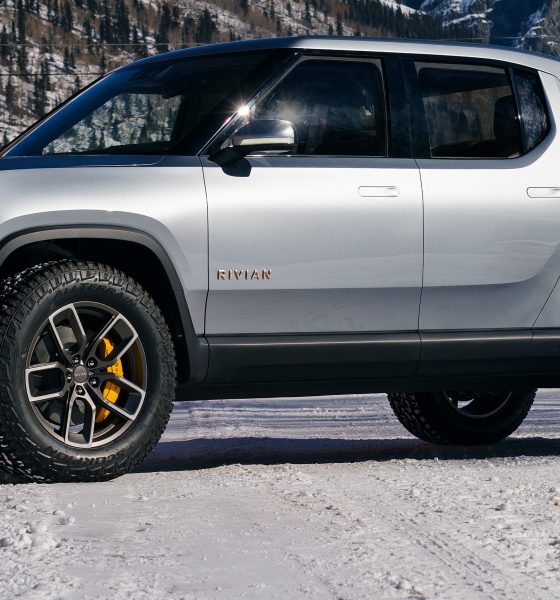
News
Rivian R1T pickup truck will be a viable commercial fleet vehicle, analysts weigh in
Rivian has branded itself as a luxury electric vehicle-maker for outdoor enthusiasts, but auto industry analysts have recently seen another promising use for the company’s upcoming products: fleet vehicles.
The R1T has over 800 lb-ft of torque, nearly 1800 lbs of payload capacity, and the ability to tow around 11,000 lbs, making it a vehicle capable of serious work in nearly any industry currently utilizing trucks for business purposes in company fleets.
However, even Rivian’s largest battery pack, which boasts an impressive 400 miles of range, doesn’t quite meet the range expectations that truck customers expect from their gasoline and diesel-powered vehicles. This particular customer base, of course, isn’t Rivian’s immediate target as it first enters the market, but the Michigan-based car maker is already piquing broad interest in its vehicles, and industry professionals are taking note.

Not every potential Rivian truck customer will see limited mileage as a reason to choose diesel-power over battery-electric power, as predicted by some auto experts assessing the company’s market appeal. Companies whose travel needs are limited to short trips to job sites, for example, could put things like torque, load capacity, and fuel savings higher on the list of priorities than range for commuting. These are areas where Rivian’s R1T shines.
“EV pickups may best be suited for commercial fleets, such as those owned by energy companies,” Michelle Krebs, executive analyst for Autotrader, was quoted as saying by the Detroit Free Press (DFP). “Fleets operating in clearly defined areas, such as metro Detroit, could be ideal. Short distances and a good charging infrastructure might also make EV pickups practical for construction and mining companies.”

Pickup trucks make up the largest part of the vehicle market in the United States, accounting for nearly 3 million sales last year, meaning that a startup like Rivian has a lot to gain if it’s able to tap into the consumer base in a meaningful way. Amazon and Ford appear to have already seen the potential in Rivian’s electric skateboard platform via their combined $1.2 billion dollars investment in the company. Jeff Bezos, CEO of Amazon, recently commented about Rivian’s mission and voiced his support for the company.
“As with most of our major investments, and acquisitions, we’re always looking for mission-driven entrepreneurs — missionaries instead of mercenaries. And the guy who leads the company, a guy named R.J., is one of the most missionary entrepreneurs I’ve ever met,” Bezos said, referring to Rivian’s CEO R.J. Scaringe.
These kinds of positive assessments for all-electric trucks in the auto market would also carry over into Tesla’s future prospects as well for its truck. Admittedly, details surrounding the Blade Runner-inspired vehicle are sparse; however, CEO Elon Musk has mentioned possible stats that would offer incredible worksite capabilities. As teased, the Tesla Truck will have 400-500 miles of range per charge, dual motor AWD, a 240-volt connection for heavy-duty tools, and up to 300,000 pounds of towing capacity. The unveiling is said to take place later this year.
Both of Rivian’s vehicles – the R1T truck and the R1S SUV – are currently open for pre-order via the company’s website. Production and deliveries are anticipated to begin in 2020.

News
Tesla Model X lost 400 pounds thanks to these changes
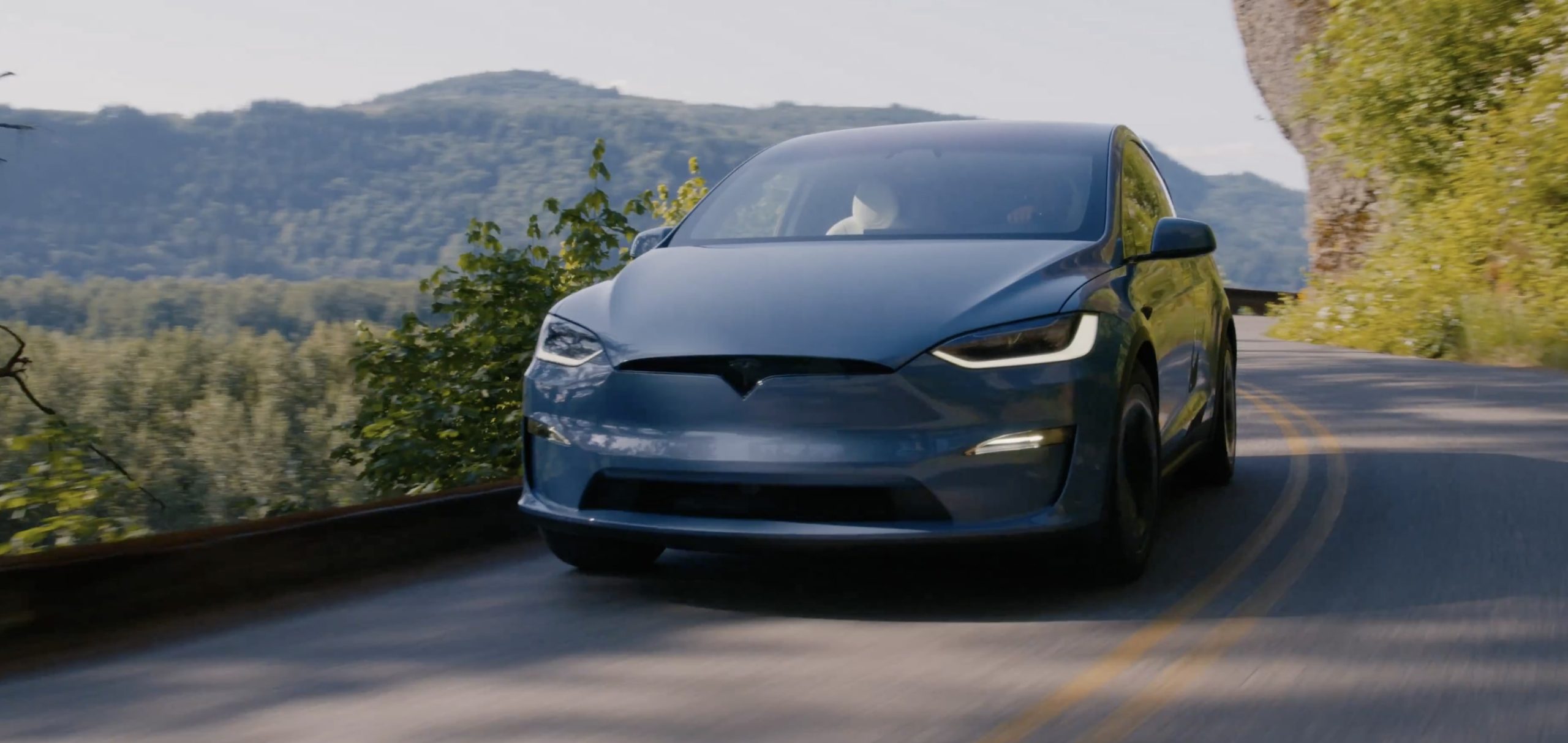
The Tesla Model X has always been one of the company’s most loved vehicles, despite its low sales figures, which can be attributed to its high price tag.
However, the Model X has been a signature item on Tesla’s menu of cars, most notably recognized by its Falcon Wing Doors, which are aware of its surroundings and open according to what’s around it.
But recent improvements to the Model X were looking slim to none, but it appears most of the fixes actually happened under the body, at least according to Tesla’s Vice President of Powertrain, Lars Moravy.
In a recent interview with Car and Driver, Moravy detailed all of the changes to the 2026 iteration of the vehicle, which was about 400 pounds lighter than it was originally. The biggest change is a modification with the rear motor, switching from an induction-type motor to a permanent-magnet design and optimizing the half-shafts, which shed about 100 pounds.
Tesla also got “almost 80 pounds out of the interior bits and pieces,” which “included making parts thinner, different manufacturing process choices, and incorporating airbag-deployment requirements into the headliner fabric,” the report said.
Additionally, the standard five-passenger, bench seat configuration saved 50 pounds by ditching pedestal mounting. This also helped with practicality, as it helped the seat fold flat. Engineers at Tesla also saved 44 pounds from the high-voltage wiring through optimizing the wiring from the charge-port DC/DC converter and switching from copper to aluminum wiring.
Tesla makes a decision on the future of its flagship Model S and Model X
Tesla also simplified the cooling system by reducing the number of radiators. It also incorporated Nürburgring cooling requirements for the Plaid variant, which saved nearly 30 pounds.
Many Tesla fans will be familiar with the megacastings, manufactured in-house by presses from IDRA, which also saves more than 20 pounds and boosts torsional stiffness by around 10 percent. Tweaks to the suspension also saved 10 pounds.
People were truly disappointed with what Tesla did with the Model S and Model X, arguing that the cars needed a more severe exterior overhaul, which might be true. However, Tesla really did a lot to reduce the weight of the vehicle, which helps increase range and efficiency. According to Grok, every 200 pounds removed adds between 7 and 15 percent to range estimations.
This makes sense considering the range estimations both increased by 7 percent from the Model X’s 2025 configuration to the 2026 builds. Range increased on the All-Wheel-Drive trim from 329 miles to 352 miles, while the Plaid went from 314 miles to 335 miles.
News
Tesla launches its new branded Supercharger for Business with first active station
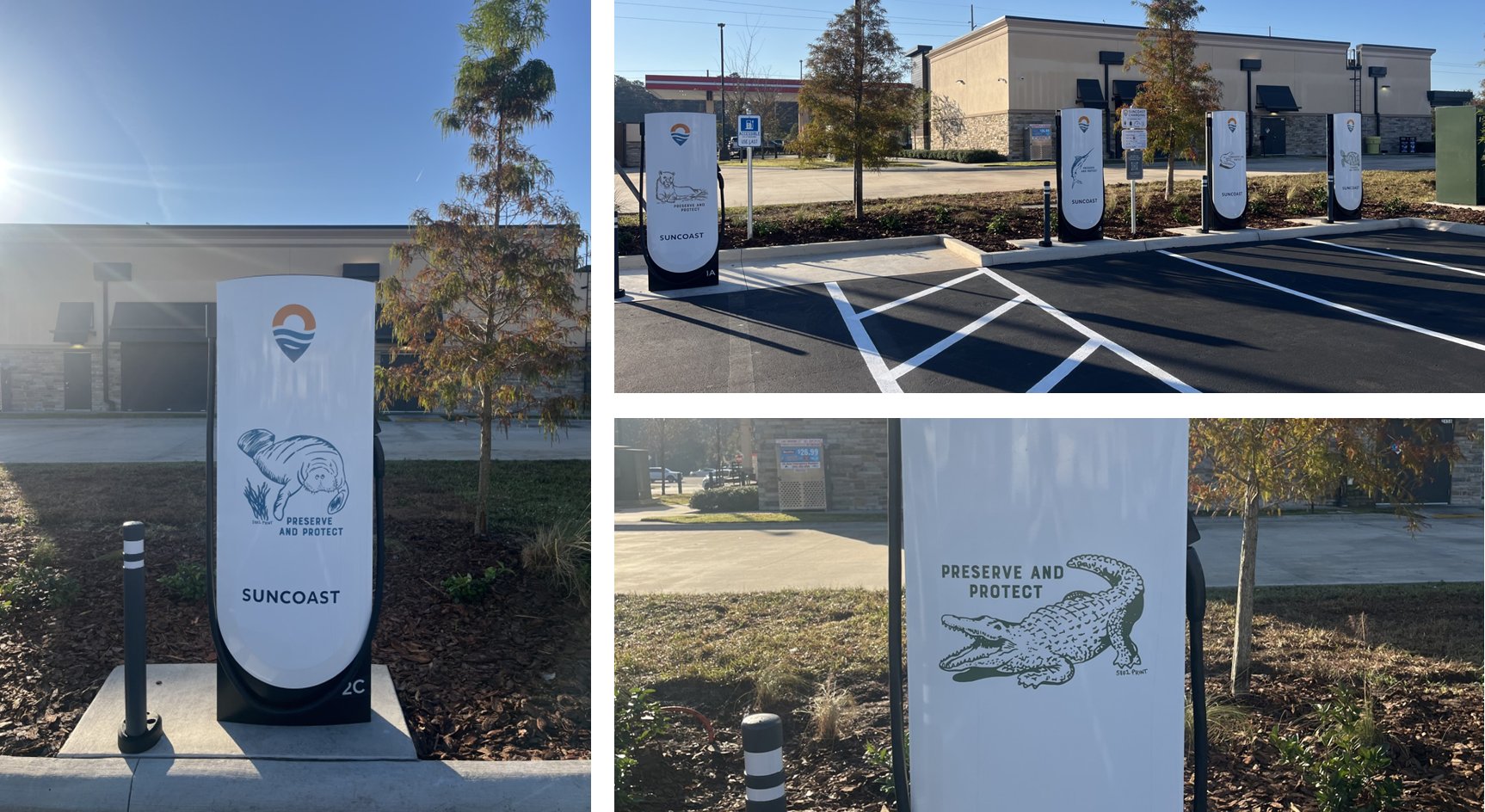
Tesla has officially launched its first branded Supercharger just months after initiating a new program that allows third-party companies to brand their own charging piles.
The site opened in Land O’ Lakes, Florida, and features eight V4 Supercharging stalls offering up to 325 kW of charging speed. It appears it was purchased by a company called Suncoast Credit Union. This particular branch is located Northeast of Tampa, which is on the Gulf of Mexico.
It features graphics of Florida animals, like alligators:
Here’s a video of the graphics being installed on the Tesla Superchargers at this site: https://t.co/oIfEPNZjAH pic.twitter.com/ENWakZ2qT9
— TESLARATI (@Teslarati) November 20, 2025
Tesla launched this program back in September, and it basically was a way to expand its Supercharger presence and also allow companies to pay for the infrastructure. Tesla maintains it. When it announced the “Supercharger for Business,” it said:
“Purchase and install Superchargers at your business. Superchargers are compatible with all electric vehicles, bringing EV drivers to your business by offering convenient, reliable charging.”
The program does a few things. Initially, it expands EV charging infrastructure and makes charging solutions more readily available for drivers. It can also attract people to those businesses specifically.
Tesla launches new Supercharger program that business owners will love
The chargers can also be branded with any logo that the business chooses, which makes them more personalized and also acts as an advertisement.
The best part is that the customers do not have to maintain anything about the Supercharger. Tesla still takes care of it and resolves any issues:
“We treat your site like we treat our sites. By providing you with a full-service package that includes network operations, preventative maintenance, and driver support, we’re able to guarantee 97% uptime–the highest in the industry.”
It appears the Superchargers will also appear within the in-car nav during routing, so they’ll be publicly available to anyone who needs to use them. They are still available to all EVs that have worked with Tesla to utilize its infrastructure, and they are not restricted to people who are only visiting the business.
Cybertruck
Tesla reveals its Cybertruck light bar installation fix
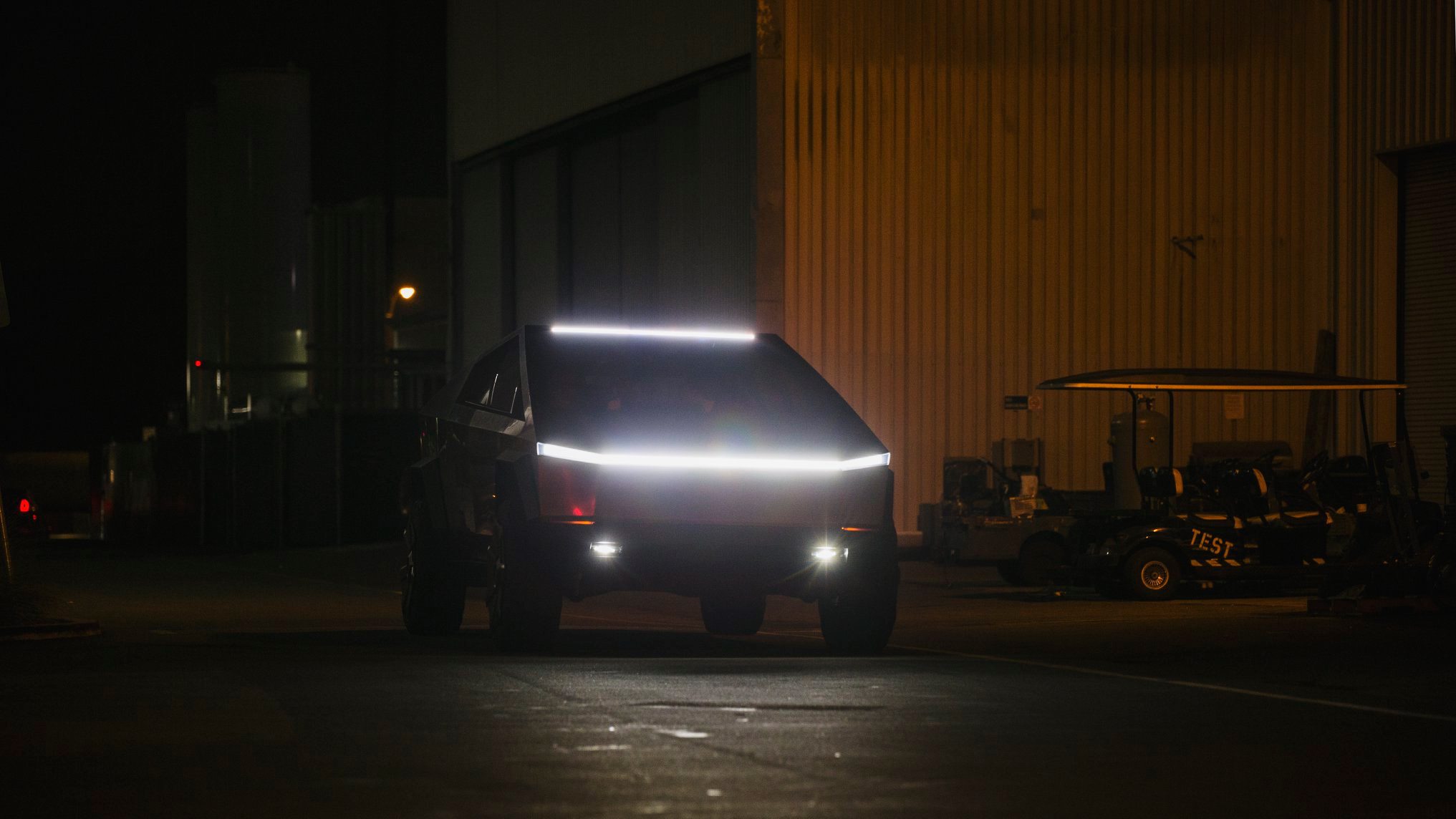
Tesla has revealed its Cybertruck light bar installation fix after a recall exposed a serious issue with the accessory.
Tesla and the National Highway Traffic Safety Administration (NHTSA) initiated a recall of 6,197 Cybertrucks back in October to resolve an issue with the Cybertruck light bar accessory. It was an issue with the adhesive that was provided by a Romanian company called Hella Romania S.R.L.
Tesla recalls 6,197 Cybertrucks for light bar adhesive issue
The issue was with the primer quality, as the recall report from the NHTSA had stated the light bar had “inadvertently attached to the windshield using the incorrect surface primer.”
Instead of trying to adhere the light bar to the Cybertruck with an adhesive, Tesla is now going to attach it with a bracketing system, which will physically mount it to the vehicle instead of relying on adhesive strips or glue.
Tesla outlines this in its new Service Bulletin, labeled SB-25-90-001, (spotted by Not a Tesla App) where it shows the light bar will be remounted more securely:
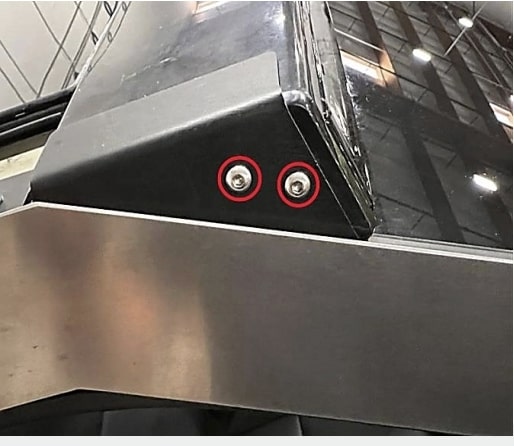
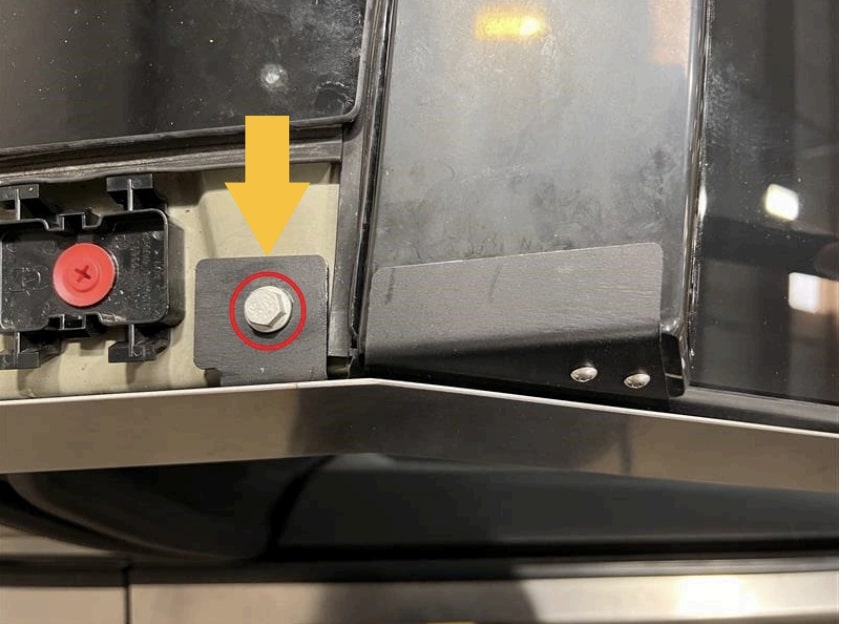
The entire process will take a few hours, but it can be completed by the Mobile Service techs, so if you have a Cybertruck that needs a light bar adjustment, it can be done without taking the vehicle to the Service Center for repair.
However, the repair will only happen if there is no delamination or damage present; then Tesla could “retrofit the service-installed optional off-road light bar accessory with a positive mechanical attachment.”
The company said it would repair the light bar at no charge to customers. The light bar issue was one that did not result in any accidents or injuries, according to the NHTSA’s report.
This was the third recall on Cybertruck this year, as one was highlighted in March for exterior trim panels detaching during operation. Another had to do with front parking lights being too bright, which was fixed with an Over-the-Air update last month.








